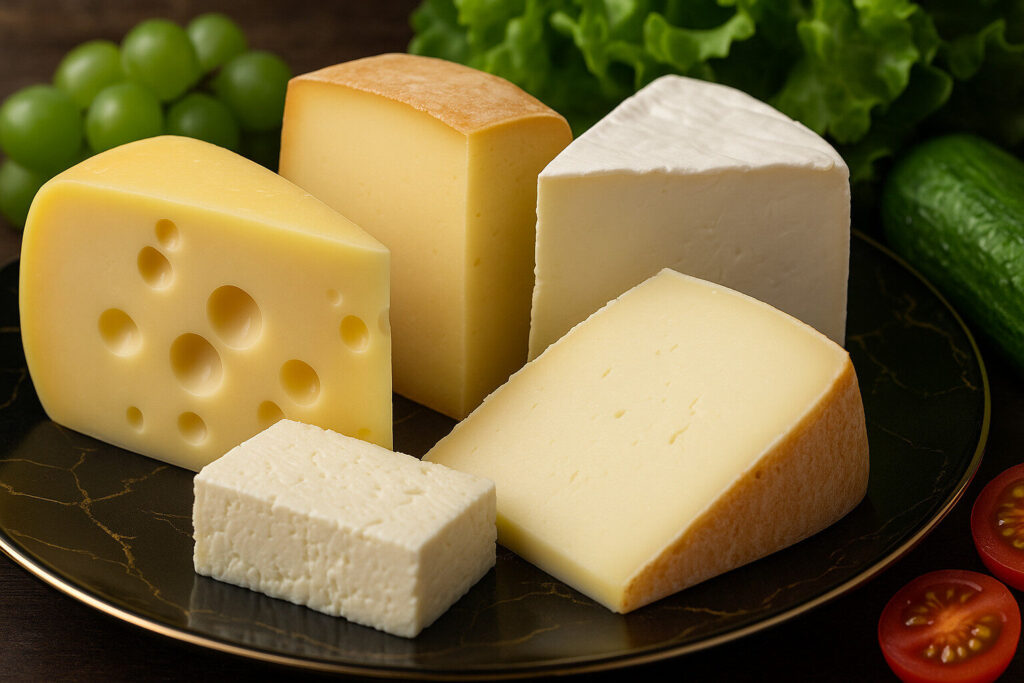Cheese Of Aquitaine
Definition and Scope
Cheese of Aquitaine refers to dairy products originating from France’s southwestern Aquitaine region, historically encompassing modern Nouvelle-Aquitaine. These cheeses are legally defined by geographical indications, with many holding Protected Designation of Origin status. Their production follows strict regional methods using local livestock breeds and milk sources.
The category includes diverse styles from soft-ripened to pressed varieties, unified by terroir influence. Key examples are Ossau-Iraty, a sheep’s milk cheese from the Pyrenees, and goat cheeses from Périgord. This classification emphasizes how geography dictates milk composition and aging conditions.
Production Methods
Traditional Aquitaine cheesemaking relies on raw milk from region-specific breeds like Manech and Basco-Béarnaise sheep. Coagulation typically uses animal rennet, with curds handled according to each style’s requirements. Many producers maintain cave aging systems that leverage the region’s unique humidity levels.
Protected designation cheeses follow codified processes spanning milking schedules to aging durations. For Ossau-Iraty, pressing and brining create dense textures, while Rocamadour undergoes surface molding. These techniques have evolved over centuries alongside local pastoral traditions.
Sensory Profile
Aquitaine cheeses present pronounced terroir characteristics with notable mineral notes from Pyrenean pastures. Ossau-Iraty offers nutty, brown butter aromas with firm yet supple texture. Goat varieties display characteristic chalky centers beneath bloomy rinds when young.
Aging develops complex flavor profiles ranging from herbaceous to lactic across different styles. Texture spectrum includes creamy Rocamadour to semi-hard Pyrenean brebis. Salinity levels reflect both grazing flora and traditional brining practices unique to subregions.
Culinary Applications
These cheeses serve both as table cheeses and cooking ingredients in Aquitaine cuisine. Ossau-Iraty features prominently in traditional garbure soup and Pyrenean shepherd’s pies. Firm varieties grate well for gratins while fresh goat cheeses enrich salads and tart fillings.
Pairing conventions match cheeses with regional Jurançon wines and Bordeaux varieties. Many Aquitaine cheeses develop optimal flavor at room temperature, making them ideal for cheese boards. Their melting properties vary from excellent fondues to baked applications.
Regional Examples
Ossau-Iraty AOP represents the most significant production, made exclusively from sheep’s milk in Béarn and Basque country. This pressed cheese requires minimum 80-day aging, developing ivory paste with natural rind. It accounts for over 70% of Aquitaine’s protected cheese output.
Rocamadour AOP exemplifies the region’s goat milk tradition with small cylindrical formats. Périgord contributes numerous fermier goat cheeses like Cabécou. These regional specialties demonstrate how microclimates and local flora create distinct products within the broader classification.

